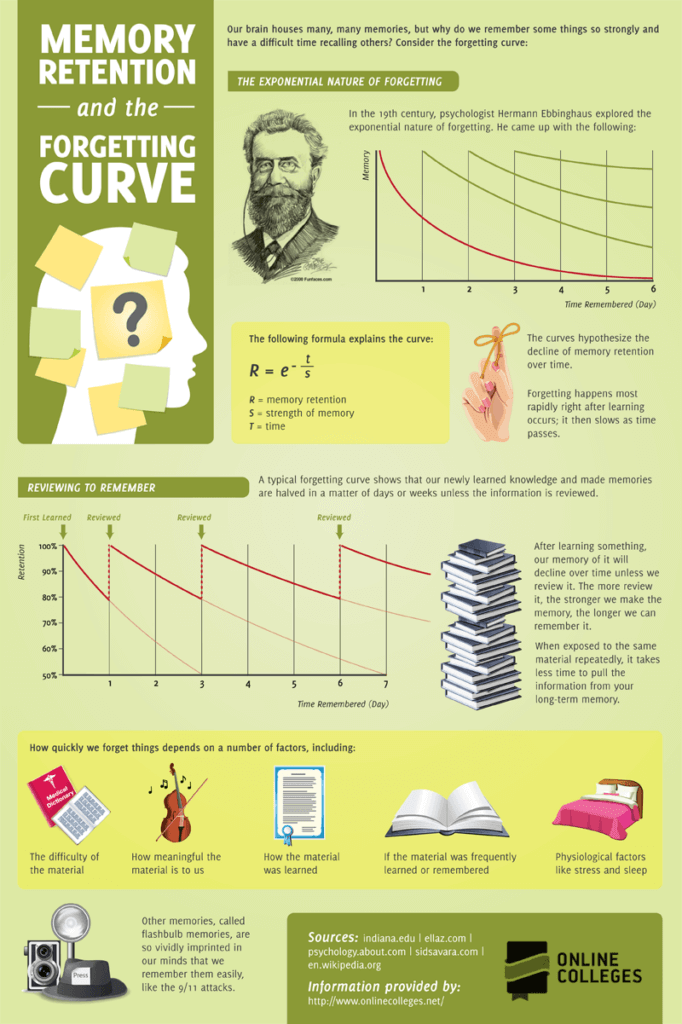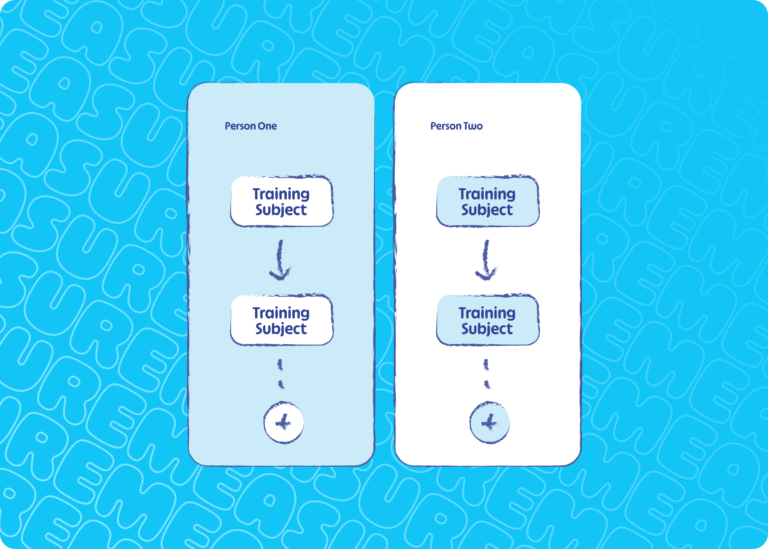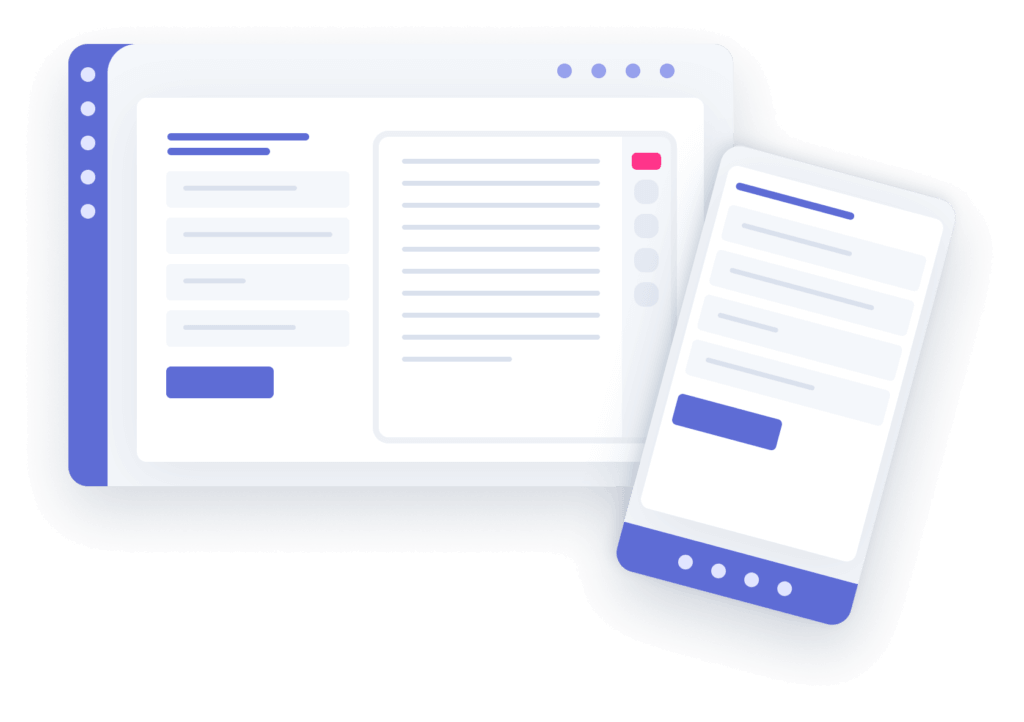Do you remember all the elements from your last training session? All the points from your last meeting? Or even what you had for dinner three days ago.
Welcome to the Forgetting Curve.
To be honest, what you had for dinner three days ago doesn’t really matter. But what about a certain element of the training? Or the point from the meeting that you needed to remember but just forgot.
It isn’t your fault! It’s the forgetting curve at play.
The human body and mind are built for preservation and so in moving through the world, the mind filters out information that it does not deem critical for survival.
For this reason, it remembers key takeaways and events but perhaps not less critical details such as your great aunt’s birthday.
What is the Forgetting Curve?
In summary, because you won’t remember everything we write here anyway; the forgetting curve is a concept in psychology and memory research that was developed by Hermann Ebbinghaus in the late 19th century.
It describes the phenomenon of how information is rapidly forgotten over time if it is not reinforced or reviewed.
Ebbinghaus conducted experiments on himself to study the rate at which he forgot newly learned information. This included trying to learn lists of nonsense syllables which proved difficult.
He found that there is a steep decline in memory retention shortly after learning something new, and then the rate of forgetting gradually levels off. The curve typically shows that we forget the most information in the first few hours or days after learning it and then forget more slowly over time.
Cognitive science expert Art Kohn notes that we forget approximately 50% of new information within an hour of learning it. That figure increases to an average of 70% within 24 hours and after a week, that average goes up to 90%.
Why do we forget what we learn? 🤔
The personal meaning factor
Information that holds personal meaning tends to stick better in our memory. Conversely, items with little or no significance, resembling the nonsense syllables studied by Ebbinghaus, align closely with the Forgetting Curve.
The fact is you’ll probably remember more information on a subject you’re passionate about than on one in which you have no interest.
This is because the more personal meaning a subject has to you, the more likely you are to remember.
You probably remember things like your favorite childhood trip, the birth of your child or the first time your heart got broken. Perhaps you’re even able to remember facts about your area of expertise that no one else does simply because you’re passionate about it.
The context factor
How you feel on a certain day is likely to impact how much you remember. If you attend a training on little sleep or feel stressed, you’re less likely to remember what has been presented to you.
Don’t blame yourself. It’s simply a matter of preservation. The body is keeping with Maslow’s hierarchy of needs and prioritizing core basic needs first.
The time factor 🕰️
When we acquire new knowledge without revisiting or reinforcing it, our ability to recall that information diminishes as hours, days, and weeks go by. The fact is that our memories fade over time.
The most significant decline in retention occurs shortly after the initial learning phase, as evident from the steep drop observed at the beginning of the Forgetting Curve.
Without periodic review or reinforcement of what we’ve learned, our capacity to retain the information declines rapidly. You may attend a training session and leave fresh with the facts at hand but over time your mind will simply filter out useless facts and most likely keep the key takeaways.
The presentation factor
The manner in which information is presented has a substantial impact on the learning process.
The same set of information can become more or less memorable based on its clarity and logical organization.
You are more likely to remember content that has been structured sensibly and presented coherently, while a haphazardly scribbled shopping list may easily elude your memory.
It’s why we’ve created Templates on Whale. And why we emphasize harnessing The Netflix Effect in training.
How to overcome the forgetting curve and make training stick?
The fact is you can’t always guarantee you or other members of your team will always show up to training fresh and eager to learn.
So how do you make employee training stick?
Spaced Repetition: The Memory Booster
Imagine if Batman only fought crime once and never returned to keep Gotham safe. Spaced repetition is your Batman in the fight against the forgetting curve.
Instead of cramming all your training into one marathon session, break it down into smaller, manageable pieces. Then, schedule periodic reviews to reinforce the knowledge. This dynamic duo of learning helps employees remember information for the long haul.
To put this strategy into action, use a learning management system (LMS) to automate your learning workflows and use quizzes to watch memory retention soar.
Presentation: The Netflix Effect
The way something is presented affects our ability to remember it.
There’s a reason we love Giphys so much. Or why we watched the entire episode of Money Heist on Netflix in just one go. Or why we share certain reels on social media. And there’s a reason no one reads your documents because maybe they’re the boring 90-page written documents kind.
So with this ‘in mind’ PLEASE don’t write lengthy documents and expect your team members to remember them.
This is your permission to go wild! Use gifs, make it fun, create videos and use colour! You’ll be surprised at just how much your team starts to engage with your processes.

Remember 💡 The clearer and more well-formatted the information, the better so use templates to create a standard way to package and present your SOP and process documentation.
Microlearning: Small is Mighty
Meet Microlearning – the training powerhouse in bite-sized modules. This strategy breaks down complex information into small, easily digestible chunks. It’s like having the entire Avengers team at your disposal. Microlearning enhances knowledge retention by making learning more manageable and enjoyable for employees.
Create short video tutorials, engaging infographics, or interactive quizzes for on-demand access. This approach accommodates busy schedules and empowers employees to learn at their own pace.
Remember 💡 You can build your learning on Whale in microsized digestible chunks called cards and schedule training in an automated flow over time which means learning is delivered in modules.
Real-World Application: Reinforcing learning by Doing
In the battle against the forgetting curve, practice makes perfect. And besides, if you think about it, all learning should be tied to your company’s rocks and overall company objectives. If it isn’t, it’s just a nice-to-have.
Encourage employees to apply what they’ve learned in real-world scenarios. It’s like sending them on a mission to put their newfound skills to the test. By connecting training content to actual tasks, employees are more likely to remember and apply their knowledge.
Remember 💡 Reward in-quiz-ativeness in your team! The more fun your team has learning, the more likely they are to retain knowledge.
Adopt a culture of learning
The new world of work requires continuous improvement and daily micro-training. By continuously looking for ways to improve processes, systems, and products, a business can stay ahead of the competition and remain relevant in an ever-changing market.
The good news is that it’s likely to be a factor in retaining top talent! Gen Z, entering the workforce currently is highly motivated to grow their careers, with 76% seeing learning as the key to their advancement.
Remember 💡 Adopting a culture of learning means learning is part of your company process and culture, not a once-off event. Adopt learning technology that assists in combatting the forgetting curve and makes learning an everyday thing.
Regular Assessments and Feedback: The Learning Compass
Keep your training ship on course by implementing regular assessments and reviewing learning documentation. These tools reinforce learning and provide a roadmap for improvement. They’re like GPS for your training program!
Use quizzes or performance evaluations to gauge employee progress and comprehension. The data you gather will help tailor future training sessions and address specific areas of weakness. A dynamic and responsive learning process minimizes the effects of the forgetting curve.
Remember 💡 You don’t have to do this all yourself. Use data and internal subject matter experts to review and update information and make learning more relevant to your business.

Bottom Line
Employee training is an essential aspect of any successful organization. It equips employees with the skills and knowledge they need to excel in their roles and contribute to the company’s growth.
BUT the Forgetting Curve shows how learned information slips out of our memories over time – unless we take action to reinforce the learning.
To combat this natural effect and make employee training stick, it’s crucial to employ strategies that promote retention.
Let us know how it goes, we’d love to hear!
In the meantime, feel free to read more in our eBook download.








